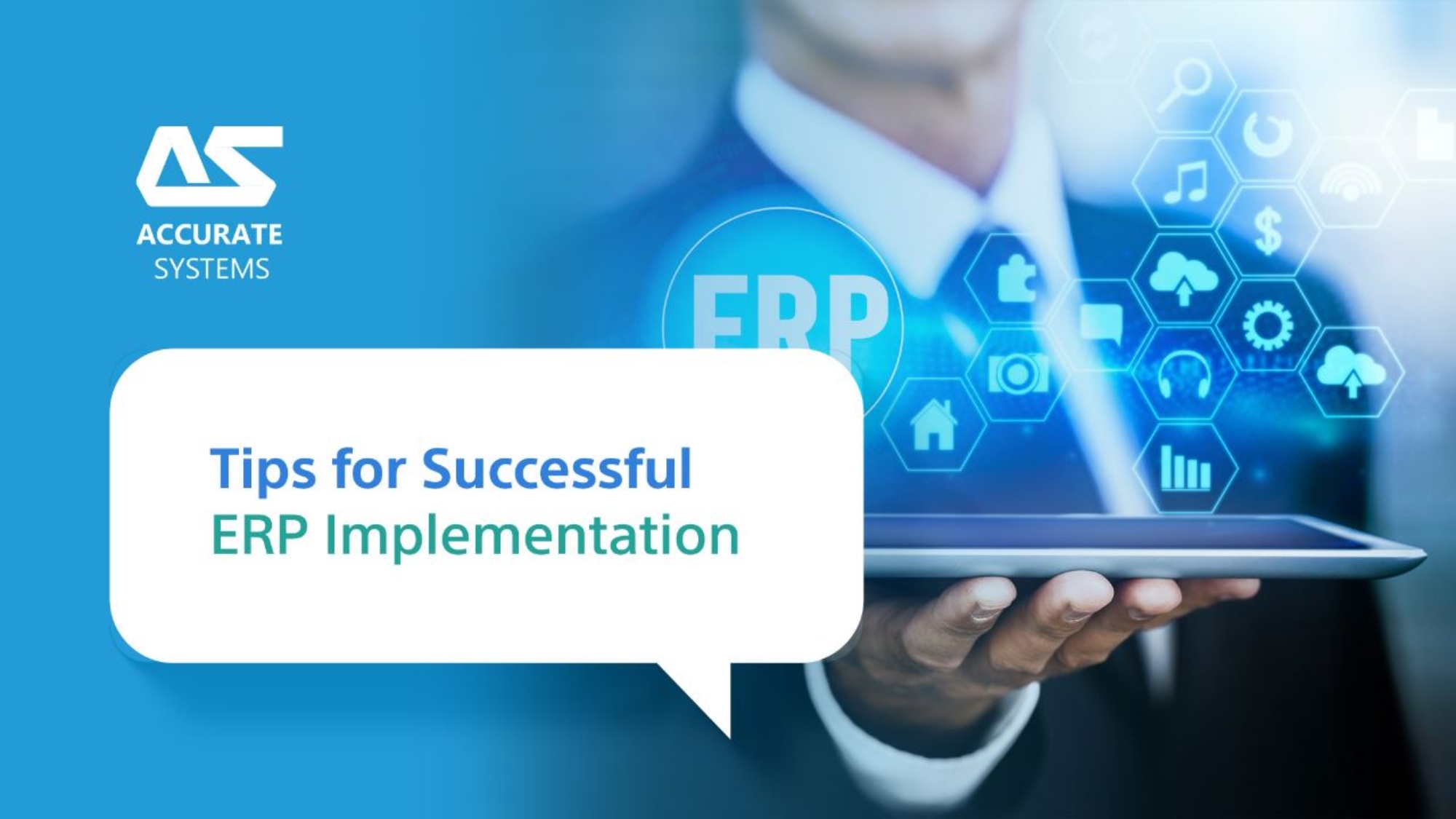Implementing an enterprise resource planning (ERP) system is a significant undertaking that can greatly benefit your organization. To ensure a successful ERP implementation, consider the following tips:
-
Define Clear Objectives: Clearly define your goals and objectives for implementing the ERP system. Identify the specific problems you want to solve, the processes you want to improve, and the expected outcomes you want to achieve. This clarity will guide the implementation process and help measure success.
-
Conduct a Thorough Needs Analysis: Before selecting an ERP system, conduct a comprehensive needs analysis to assess your organization’s requirements. Involve key stakeholders from different departments to gather their input and understand their specific needs. This analysis will help you choose an ERP system that aligns with your business processes and addresses your unique challenges.
-
Select the Right ERP Vendor: Choose an ERP vendor that has experience and expertise in your industry. Evaluate the vendor’s track record, customer reviews, and the functionality and scalability of their ERP solution. Request demonstrations and engage in discussions to ensure that the vendor understands your business requirements and can provide the necessary support during implementation.
-
Plan Adequate Resources: Allocate sufficient resources for the ERP implementation, including budget, time, and skilled personnel. Establish a dedicated implementation team that includes representatives from different departments. Ensure that team members receive proper training on the ERP system to maximize its potential.
-
Prepare Data and Cleanse Legacy Systems: Before migrating to the new ERP system, clean and validate your data. Identify and correct any inconsistencies or inaccuracies in your existing databases. This data cleansing process will ensure a smooth transition and minimize potential data migration issues.
-
Customize Wisely: ERP systems often provide customization options to adapt to specific business needs. While customization can be beneficial, it’s important to strike a balance. Excessive customization can increase complexity, cost, and the risk of future upgrades. Prioritize essential customizations that align with your unique requirements while leveraging standard ERP functionalities whenever possible.
-
Conduct Rigorous Testing: Thoroughly test the ERP system before going live. Create test scenarios that cover various business processes and test different user roles. Conduct both unit testing (individual components) and integrated testing (end-to-end processes). Identify and address any issues or bugs during the testing phase to avoid disruptions after implementation.
-
Provide Adequate Training and Support: Invest in comprehensive training programs for end-users to ensure a smooth transition and adoption of the new ERP system. Offer ongoing support and establish a help desk or support system to address user queries and issues promptly. Encourage user feedback and continuously evaluate the system’s performance to identify areas for improvement.
-
Manage Change Effectively: ERP implementation often involves significant changes in business processes and workflows. Communicate the benefits of the ERP system to employees and involve them throughout the implementation process. Encourage their participation, address concerns, and provide change management support to facilitate a smooth transition.
-
Monitor and Evaluate Performance: After the ERP system is implemented, regularly monitor and evaluate its performance against the defined objectives. Measure key performance indicators (KPIs) to assess the system’s impact on productivity, efficiency, and overall business outcomes. Use this data to fine-tune processes and make continuous improvements.
Remember that successful ERP implementation is an ongoing process. It requires commitment, collaboration, and continuous evaluation to leverage the full potential of the system and drive long-term business success.


